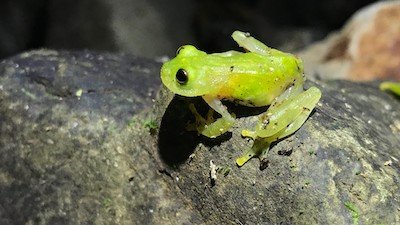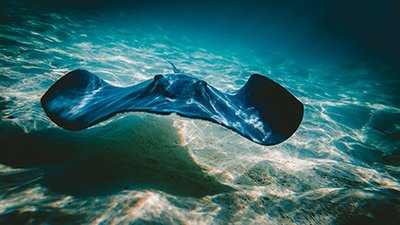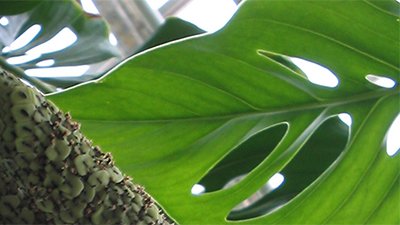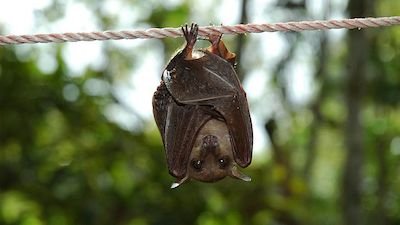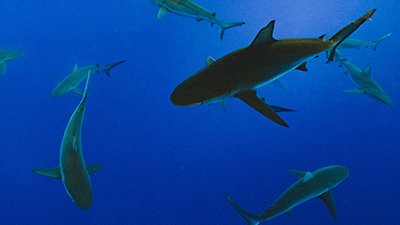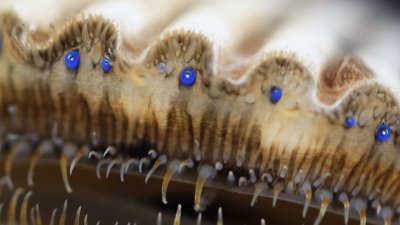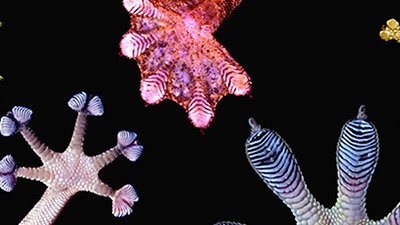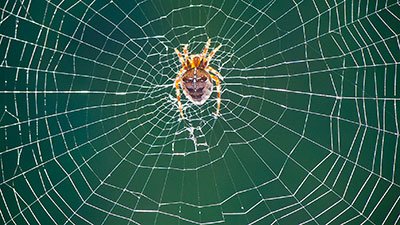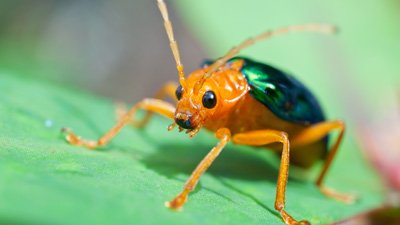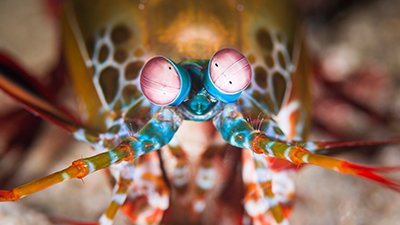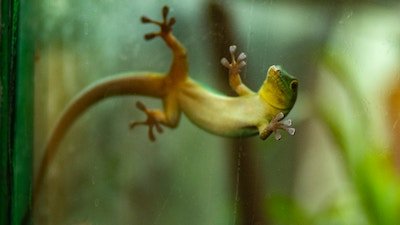Biomimicry
Biomimicry in Technology
Where do scientists find ideas to improve existing technology? Increasingly, the marvels of life—from the microscopic to the massive—inspire engineering breakthroughs. Knowingly or not, scientists are imitating God’s own incredible designs.
Copying God’s Design
By copying the world around us, scientists believe they can find innovative solutions to almost any problem imaginable. Biomimetics (or biomimicry) has already led to the development of technology as diverse as airplanes, Velcro, windshield wipers, and sharkskin swimsuits.
Biomimicry Articles
-
Jan. 1, 2025 from Kids Answers Magazine
Do you enjoy taking a warm, relaxing bubble bath? Bubbles add fun to bathtime. But how do they work?
-
Jan. 1, 2024 from Kids Answers Magazine
Scientists, architects, engineers, and inventors look at God’s designs for ideas to create some amazing things—from body armor to skyscrapers to tiny robots.
-
April 1, 2021 from Kids Answers Magazine
With one big puff of air, you can send dandelion seeds flying up to 500 miles away.
-
May 15, 2018 from God Thought of It First Cards
Animals have been using echolocation since God created them to do so.
-
May 15, 2018 from God Thought of It First Cards
Researchers have been studying the properties of the shark’s well-designed skin in order to help boaters keep their boats clean.
-
May 15, 2018 from God Thought of It First Cards
A researcher in Japan observed the kingfisher diving after fish and wondered if he could apply what he’d seen to a problem he was having.
-
May 15, 2018 from God Thought of It First Cards
Lotus plants grow in ponds and rivers, which can be very muddy, but their leaves always look clean and shiny. Why is this?
-
May 15, 2018 from God Thought of It First Cards
Pulling the burrs of the burdock thistles off his clothes and his dog, George de Mestral wanted to understand how these burrs clung to his clothing and his dog's fur.
-
Biomimicry Improves Solar PanelsMay 17, 2012
An engineering team at Princeton University is using biomimicry to develop cheaper solar panels that will absorb more sunlight.
- © 2024 Answers in Genesis
- Privacy Policy
- Contact
- About


